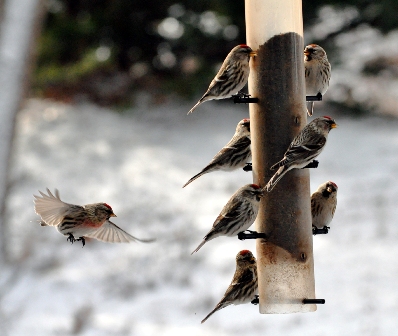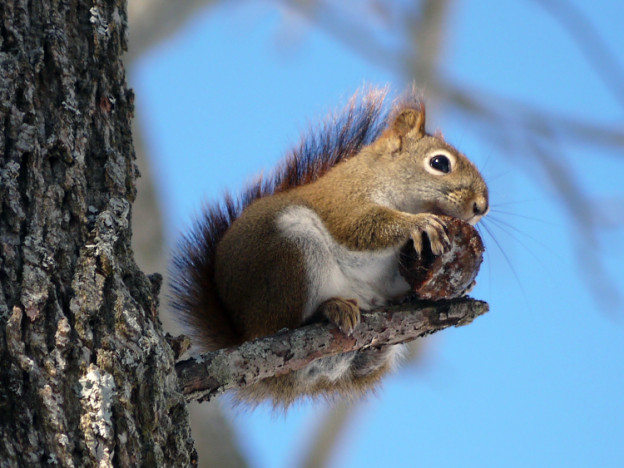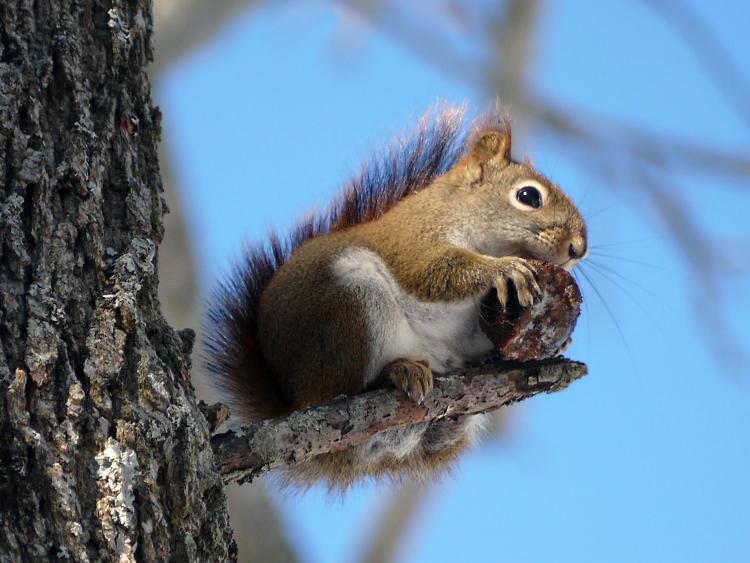 Calling all backyard bird watchers! Our annual winter bird count, Focus on Feeders, is this weekend and we need your help. It doesn’t matter if you’ve been watching birds for days, weeks, or years—everyone can take part.
Calling all backyard bird watchers! Our annual winter bird count, Focus on Feeders, is this weekend and we need your help. It doesn’t matter if you’ve been watching birds for days, weeks, or years—everyone can take part.
How it Works
Over the course of Saturday, February 1, and Sunday, February 2, watch birds in your yard or at your feeder. Count the maximum number of each species that you see (either at the feeder or waiting nearby) at any one time.
Why just at one time? Because it’s hard to know whether you are seeing the same individual bird at your feeder over and over again or two completely different birds. Enter your total counts (only one per species) in our online reporting tool starting February 1.
Why Participate?
Observations from the bird watching public contribute to a growing body of information that can help provide early warning signs of changes in the abundance of bird species that visit feeders.
For example, feeder watching in Massachusetts since the 1960s has helped document the northward expansion of the tufted titmouse, Carolina wren and Northern cardinal at least partly in response to increasingly warmer winters.
Along with other conservation tools like our State of the Birds report and Breeding Bird Atlas 2, Focus on Feeders helps raise public awareness and provides information that will help guide us as we move forward in our many exciting new Bird Conservation initiatives.
Learn more
Find everything you need to know about Focus on Feeders as well as tips for identifying winter birds species.
And if you happen to capture any great photos while watching, share them with us on Facebook, Twitter, or Instagram tagging us and using the hashtag #focusonfeeders.
Photo © Susumu Kishihara



